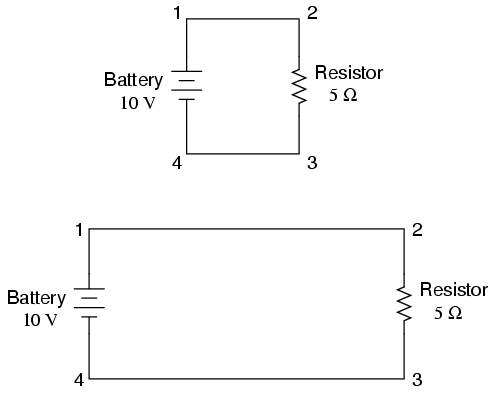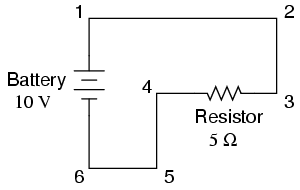r-410a versus r-22 refrigerant R-22 is a refrigerant that has been widely used in air conditioners and heat pumps for many years. It has been deemed hazardous to the environment and it will begin phase-out by law in the year 2010. The replacement refrigerant for R-22, R-410A, is being produced to meet the rising demand for new air conditioner and heat pumps systems. Why do consumers need to understand the impact this law is having on the HVAC market? Because it will determine what HVAC consumers pat for future repairs made to their equipment. Everything boils down to the new law, refrigerant and HVAC equipment manufacturers retrofitting factories for the new HVAC equipment, and supply and demand. The changeover has already begun and there is some apprehension about this changeover.
First of all with any new technology there is always some doubt. Does the new technology offer stability and reliability on par with the old time tested system? How many resources need to go into the changeover? These questions are valid and need to be addressed so there is a successful changeover from R-22 refrigerant to R-410A refrigerant. Technicians and have to be trained, consumers need to understand the new technology to have confidence in it, but more importantly, HVAC contractors need to have the confidence in these systems to recommend the technology to their customers. If the HVAC contractors do not have confidence in the new technology they will not recommend it and the new changeover, even though it is required by law or the changeover will be less than welcome.
This has happened with R-410A. New technology has bugs and it takes time for these bugs to be addressed by engineers. R-410A when operating at normal operating pressures and temperatures has higher pressures there fore the old R-22 refrigerant systems needed to be buffed up some to handle the higher pressures. This was done by compressor manufacturers but only after some problems occurred. Another issue that affects the confidence of the HVAC contractors is the oils used for R-410A are different than the oils used for R-22. If the two are haphazardly mixed then there will be a sure failure of the system. The oil in R-410A refrigeration systems also absorbs moisture more easily than the old R-22 systems. This makes it critical that the technicians perform proper evacuation when installing new HVAC systems. A less than proper evacuation will leave moisture in the HVAC refrigeration system and this will ultimately lead to premature failure. These initial engineering problems coupled with the new oil and its sensitivity to moisture along with the new technology apprehensiveness has led to a lack of confidence in the new R-410A systems available.
The root of this lack of confidence lies with HVAC contractors and not the equipment and refrigerant manufacturers or distributors of HVAC equipment and refrigerants. The refrigerant manufacturers and the HVAC equipment manufacturers are beginning to changeover production lines to accommodate the new R-410A systems. These manufacturers are also addressing issues that make HVAC contractors nervous or lack confidence in the new R-410A systems. The manufacturers are doing this through education to help the contractors gain confidence in the new systems. The have reengineered the new R-410A systems and worked all the initial bugs out of the system. Slowly but surely confidence is gaining ground and the new R-410A HVAC systems are being installed.
There really is no other choice as the law will begin the phase-out period in 2010 and the prices of R-22 will be much higher than R-410A. This will cause repair costs for the end consumer to rise. The choice is always with the end consumer and what they want. The HVAC contractor can influence the end consumers decision but if the HVAC contractor lacks confidence then no influence will be offered for the new R-410A systems.
First of all with any new technology there is always some doubt. Does the new technology offer stability and reliability on par with the old time tested system? How many resources need to go into the changeover? These questions are valid and need to be addressed so there is a successful changeover from R-22 refrigerant to R-410A refrigerant. Technicians and have to be trained, consumers need to understand the new technology to have confidence in it, but more importantly, HVAC contractors need to have the confidence in these systems to recommend the technology to their customers. If the HVAC contractors do not have confidence in the new technology they will not recommend it and the new changeover, even though it is required by law or the changeover will be less than welcome.
This has happened with R-410A. New technology has bugs and it takes time for these bugs to be addressed by engineers. R-410A when operating at normal operating pressures and temperatures has higher pressures there fore the old R-22 refrigerant systems needed to be buffed up some to handle the higher pressures. This was done by compressor manufacturers but only after some problems occurred. Another issue that affects the confidence of the HVAC contractors is the oils used for R-410A are different than the oils used for R-22. If the two are haphazardly mixed then there will be a sure failure of the system. The oil in R-410A refrigeration systems also absorbs moisture more easily than the old R-22 systems. This makes it critical that the technicians perform proper evacuation when installing new HVAC systems. A less than proper evacuation will leave moisture in the HVAC refrigeration system and this will ultimately lead to premature failure. These initial engineering problems coupled with the new oil and its sensitivity to moisture along with the new technology apprehensiveness has led to a lack of confidence in the new R-410A systems available.
The root of this lack of confidence lies with HVAC contractors and not the equipment and refrigerant manufacturers or distributors of HVAC equipment and refrigerants. The refrigerant manufacturers and the HVAC equipment manufacturers are beginning to changeover production lines to accommodate the new R-410A systems. These manufacturers are also addressing issues that make HVAC contractors nervous or lack confidence in the new R-410A systems. The manufacturers are doing this through education to help the contractors gain confidence in the new systems. The have reengineered the new R-410A systems and worked all the initial bugs out of the system. Slowly but surely confidence is gaining ground and the new R-410A HVAC systems are being installed.
There really is no other choice as the law will begin the phase-out period in 2010 and the prices of R-22 will be much higher than R-410A. This will cause repair costs for the end consumer to rise. The choice is always with the end consumer and what they want. The HVAC contractor can influence the end consumers decision but if the HVAC contractor lacks confidence then no influence will be offered for the new R-410A systems.




















































